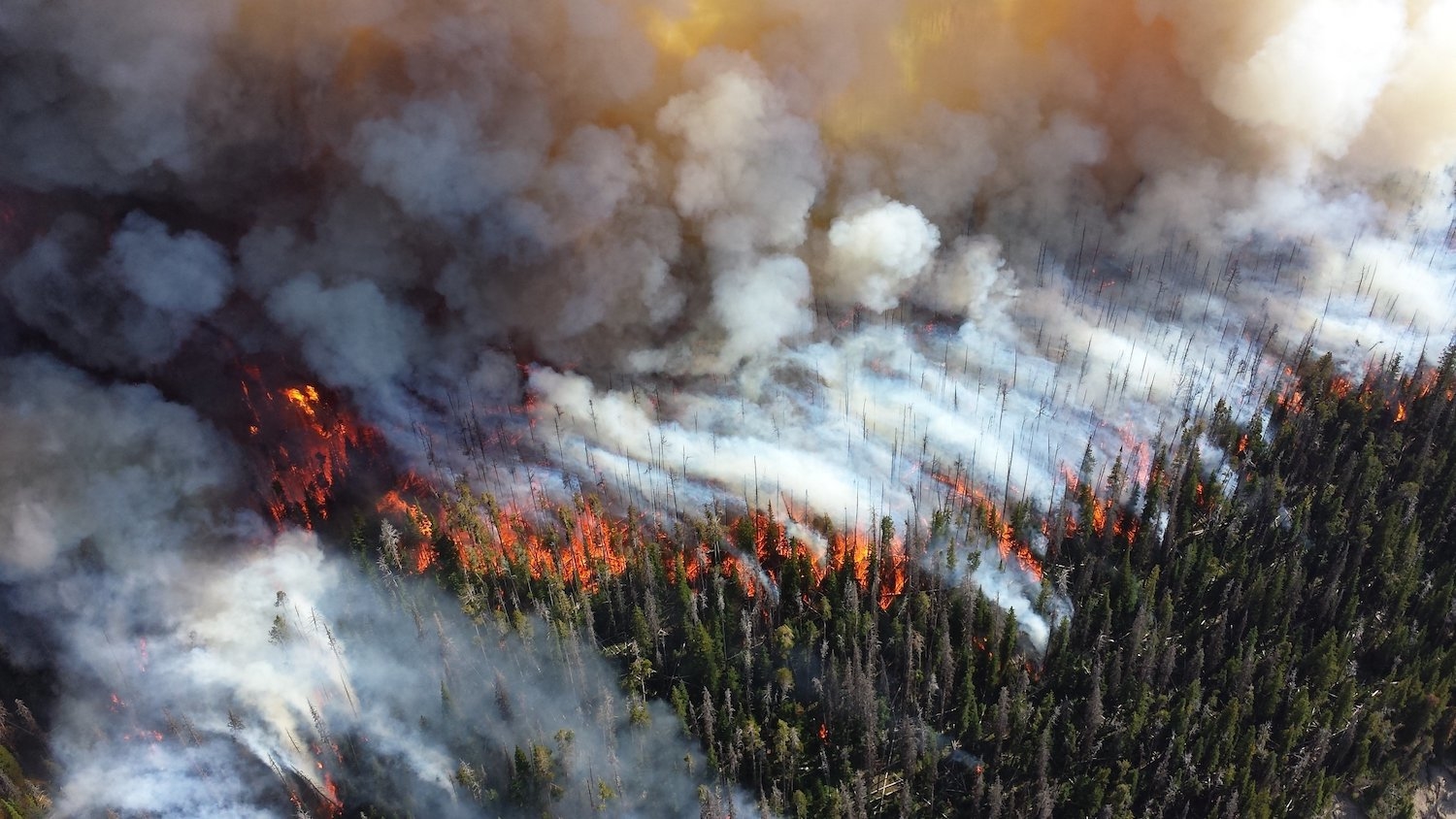Camera traps help researchers explain animal behavior during global COVID-19 lockdowns

A new collaborative study using thousands of cameras around the world reveals how animal behavior changed during the COVID-19 pandemic. Specifically, the study sheds light on how animal behavior was influenced by changes in human behavior during pandemic lockdowns.
Led by the University of British Columbia, the study used data from over 5,000 camera traps to show that animal behavior changed in different ways depending on where the animals lived and what they ate.
North Carolina State University research professor Roland Kays contributed data from several camera trap projects around North Carolina and across the country, including Schenck Forest in Raleigh. As human activity increased in Schenck Forest, raccoon and deer activity increased alongside it.
“What we found was that the biggest single explainer of the differences in animal behavior was how developed the landscape was in the first place,” Kays said. “Animals in urban and more developed areas are habituated to humans. They don’t really care if the presence of humans changes, and sometimes they actually increased their activity when humans increased theirs.”
However, animals in rural areas proved far more sensitive to an increased human presence. Without much prior exposure to people, animals in those areas were more likely to be skittish and reduce their activity. Carnivores in rural areas were particularly wary of people, reducing their activity significantly.
The pandemic offered researchers a unique opportunity to study animal behavior in a way that separated the effects of humans themselves from those of human infrastructure. Doing the study in wild spaces without many roads or cars meant that the effects of increased human activity could be studied without having to worry about those additional factors influencing behavior.
These results suggest that humans need to be careful when planning development and recreation, as animals in wild spaces may not be prepared to adapt to a sudden human presence, Kays said.
“These animals that live in wild areas are quite sensitive to our movements on the landscape. That suggests we need to be especially careful with recreation and other ways humans are getting out into these rural and wild landscapes,” Kays said, “In the more developed areas, that’s probably less important, but in those rural spaces our presence can have a significant impact on wildlife.”
The importance of nighttime was also a major focus for the study. Kays said that some animals became more nocturnal as human activity increased, especially in areas where hunting was common.
“A lot of the animals are using the nighttime as a safe space,” he said. “This study really highlights the importance of giving them that safe time and not having people going out into wild areas at night as much.”
Kays, who also directs the Biodiversity Research Lab at the North Carolina Museum of Natural Sciences, was one of over 220 researchers around the world to contribute data to the study. Part of Kays’ contribution to the study involved helping collect and organize large amounts of data from Snapshot USA, a national mammal survey he helped found which operates in all 50 states.
The Snapshot USA data was combined with more information from sites in other countries, which gave researchers a bigger picture view than they would have had otherwise.
“We have cameras in the Borneo rainforest and South American forests, and in lots of places in remote Canada. We also have cameras in suburban Edmonton, Calgary, which is a more developed area,” Kays said. “That’s really the strength of the paper. It’s not just one study in one place, but it’s across a huge diversity of places. That allowed us to tease out some of these things that if we didn’t have data across a big suite of places we wouldn’t been able to.”
The study was published March 18 in Nature Ecology and Evolution.
- Categories:


